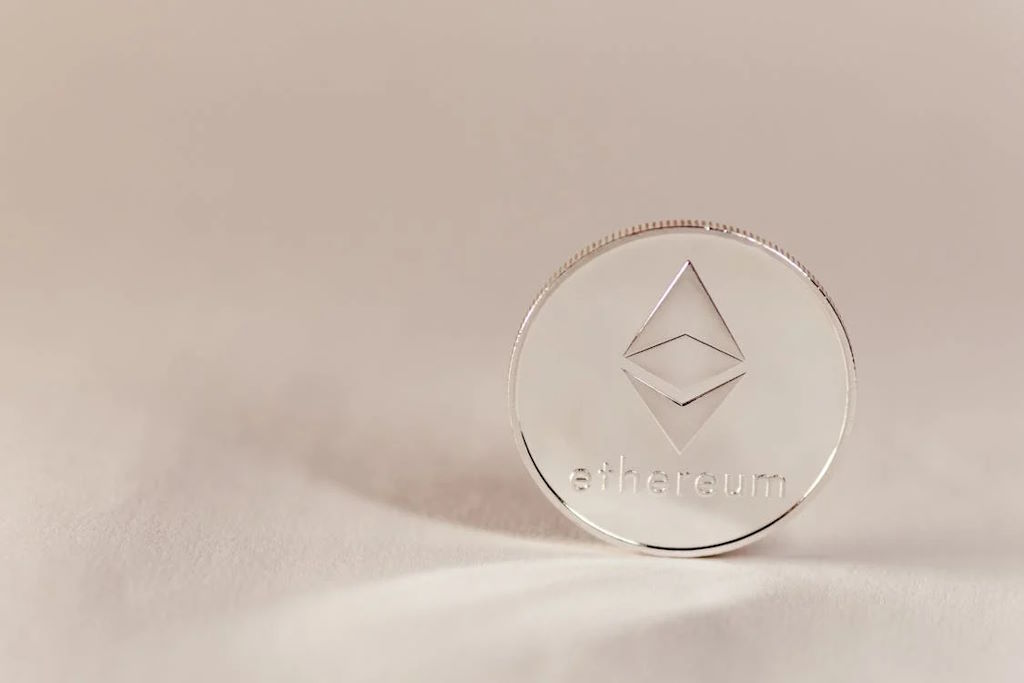Scalability has emerged as a significant challenge as the Ethereum network continues to grow. High transaction fees and slow processing times can hinder the adoption of decentralized applications (dApps) and smart contracts. One promising solution to these issues is zkSync, a Layer 2 scaling protocol that enhances Ethereum’s capabilities.
As zkSync gains traction within the cryptocurrency market, understanding its price dynamics becomes essential for investors and users alike. The zkSync price forecast is crucial for assessing the potential value of the token and its implications for the broader market.
What Are Layer 2 Solutions?
Before diving into zkSync, it’s essential to understand what Layer 2 solutions are. Layer 2 refers to protocols built on top of existing blockchains, such as Ethereum, to improve their scalability and efficiency. These solutions process transactions off the main blockchain, reducing congestion and lowering fees. By alleviating the burden on the Ethereum network, Layer 2 solutions enable faster and cheaper transactions, making Ethereum more accessible to users and developers.
Introducing zkSync
zkSync is a specific Layer 2 solution that utilizes a technology called zero-knowledge rollups (zk-rollups). This innovative approach allows the crypto to bundle multiple transactions into a single proof, which is then submitted to the Ethereum blockchain. By doing this, it significantly increases transaction throughput while maintaining the security and decentralization that Ethereum is known for.
How Does zkSync Work?
At the heart of zkSync’s functionality are zero-knowledge proofs, a cryptographic method that allows one party to prove that a statement is true without revealing any additional information. In the context of zkSync, this means that users can validate transactions without exposing their private data. Here’s how it works step-by-step:
- Transaction bundling: When users initiate transactions on the solution in question, these transactions are aggregated into batches.
- Generating proofs: For each batch, zkSync generates a zero-knowledge proof that verifies the validity of all transactions within that batch.
- Submitting to Ethereum: This proof is then submitted to the Ethereum blockchain, along with a minimal amount of data needed to confirm the transactions.
- Validation: The Ethereum network verifies the proof, ensuring that all transactions in the batch are legitimate without needing to process each transaction individually.
Benefits of zkSync
The use of zk-rollups in zkSync offers several key advantages. These include:
- Increased scalability: By aggregating transactions, zkSync can process thousands of transactions in a single batch, significantly increasing throughput compared to processing each transaction individually on the Ethereum main chain.
- Lower costs: Since zkSync minimizes the amount of data recorded on-chain, users benefit from lower transaction fees. This cost-effectiveness is particularly important for microtransactions and frequent interactions with dApps.
- Enhanced security: zkSync maintains the security of the Ethereum network by relying on the main chain for finality. This means that even though transactions are processed off-chain, they are still secured by Ethereum’s robust consensus mechanism.
- Privacy features: Zero-knowledge proofs allow for private transactions, enabling users to transact without revealing sensitive information. This privacy aspect is increasingly important in the cryptocurrency space, where data security is a significant concern.
Challenges and Future Developments
While this innovative crypto offers significant benefits, it also faces challenges. These include the following:
- Complexity: Zero-knowledge proofs are computationally intensive and complex to implement.
- Adoption: Like any new technology, zkSync requires integration and adoption by wallets, exchanges, and dApps.
- Potential centralization: The generation of zero-knowledge proofs currently requires specialized hardware, which could lead to some degree of centralization.
zkSync’s Role in the Ethereum Ecosystem
zkSync is not just a standalone solution; it plays a vital role in the broader Ethereum ecosystem. By improving transaction speeds and reducing costs, it enhances the overall user experience for dApps and smart contracts. As more users and developers adopt Layer 2 solutions, the pressure on the Ethereum main chain decreases, leading to a more efficient and user-friendly experience.
Moreover, the crypto’s ability to lower transaction costs and increase speeds can encourage more users to engage with dApps, fostering innovation and development within the Ethereum ecosystem. As the demand for blockchain technology continues to rise, zkSync positions itself as a key player in addressing the scalability challenges faced by Ethereum.

Final Words
zkSync represents a significant advancement in the quest for Ethereum scalability. By leveraging zero-knowledge rollups, it offers a solution that enhances transaction speeds, reduces costs, and maintains the security and privacy of users. As Layer 2 solutions continue to play a crucial role in the evolution of blockchain technology, zkSync stands out as a promising option for developers and users seeking to navigate the challenges of the Ethereum ecosystem.





